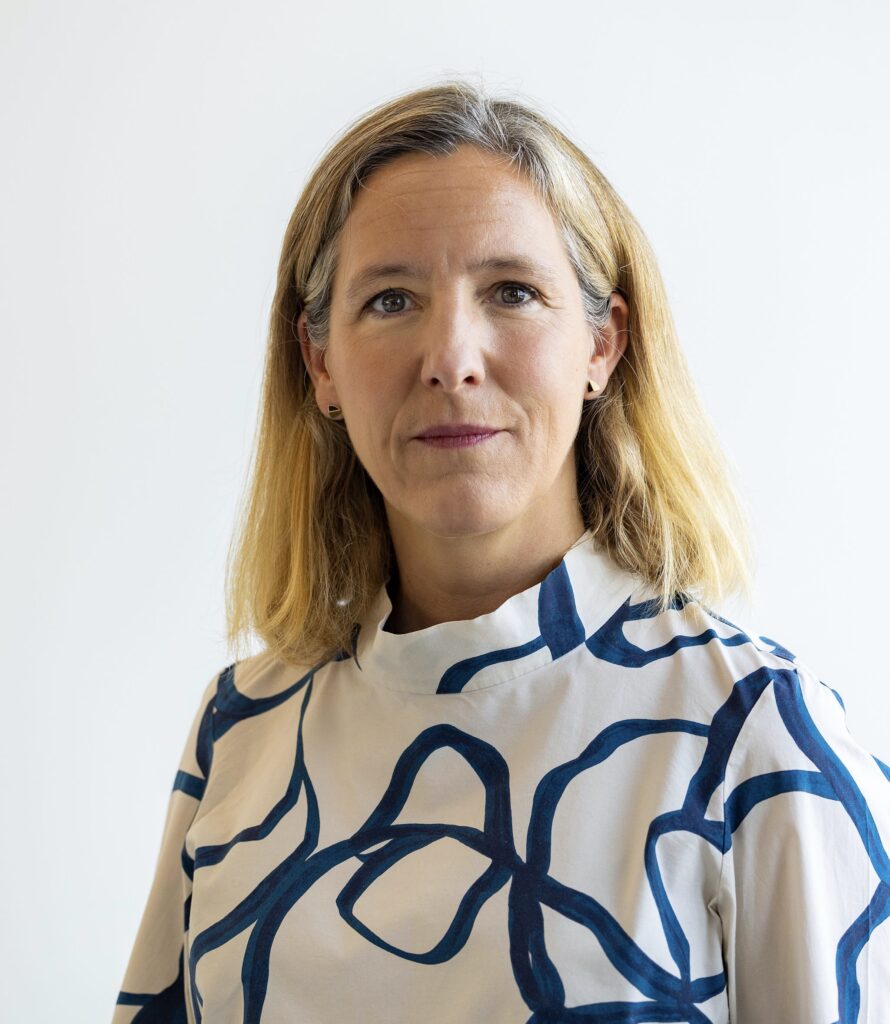Embracing Community Based Marketing with Michelle Goodall
As businesses increasingly recognise the value of online communities, marketing and community management teams can work together to build communities and grow impact.
When Michelle Goodall, CMO at Guild, presented on community based marketing at last year’s Swarm conference, it was an inspiring summary of how marketing and community management disciplines can be aligned to achieve strategic goals for a business.

In the lead up to Swarm 2023 and with a joint background in marketing and digital engagement, I was keen to revisit some of the key take-aways.
Why are marketers so interested in community?
A growing number of marketers have been exploring online communities as a means to reach and engage their target audiences and, as Michelle Goodall explains, there are a number of contributing macro forces.
A key driver for consideration of the online community model has been the growth in digital participation during the COVID-19 pandemic. As online communities became a crucial tool for connecting people and enabling meaningful interaction during periods of isolation, businesses also embarked on digital transformation programs. More marketers than ever were exposed to the power and potential of online communities as a result of the pandemic.
Trust in government, NGOs and the media is also in decline globally. Indeed according to the 2023 Edelman Trust Barometer – a 23-year old global survey – business remains the only trusted institution. Trust has instead shifted to “people and peers” and, significantly, to “people like me”. The rise of social media and influencers reflects this focus and online communities offer a space for connecting with like-minded people.
Businesses are also recognising the value of online community as is clearly demonstrated by both organisational and acquisition strategies. In recent years, technology companies such as Salesforce, Hubspot, Zapier and Outreach have invested in ready-made communities with engaged audiences to increase their reach and grow their customer base.
Finally, the increasing cost of marketing, fragmentation of the traditional media landscape and saturation of digital advertising is driving the exploration of alternatives. Michelle Goodall emphasises that community based marketing (CBM) is delivering lower customer acquisition costs and also higher life-time value of customers.
Why should marketing and community be comfortable bedfellows?
As Goodall states, community-led growth is a message which is also coming from business leaders who want their teams to deliver on community.
Online communities are providing CEOs and CMOs with a strategic opportunity to create trust and proximity in their customer base. In addition to enabling on-going engagement and brand loyalty, they can also create a “reputational moat” for businesses in challenging environments.
As Shamil Thakrar, Founder and CEO of Dishoom, a restaurant group in UK which had to pivot its business operations during the pandemic, remarked: “You’re leaving an enormous thing on the table if you’re trying to create a business without any community. I don’t think it’s a thing”.
What is Community Based Marketing (CBM)?
Michelle Goodall and Ashley Friedlein coined the term “Community Based Marketing” in 2020 to bridge the marketing and community management disciplines and encourage an approach which ensures that community and marketing teams deliver business value together. They have defined CBM as:
Community Based Marketing (CBM) is bringing people together around a shared practice, purpose, place, product or set of circumstances to create insights and closer, more valuable relationships with prospects, customers and other stakeholders to deliver organisational value.
This multi-disciplinary approach draws upon marketing’s core purpose to identify, understand and deliver on customer needs for profit or social good. It also leverages marketing professionals’ strengths including: a focus on customer insights and data-driven strategy; understanding the time taken to build brands and also the fragility of brand and reputation; a focus on creating top quality customer experiences and solving customer problems effectively and efficiently; and demonstrating a correlation between spend and business value.
CBM also draws upon the key skills for building a successful community. Community managers bring with them a focus on creating safe, healthy online safe spaces, facilitating peer-to-peer interaction and member-generated content, learning and sharing knowledge, building shared values and goals, nurturing a sense of belonging, an understanding of the long-term gains and delivering on community goals.
While currently community and marketing teams are not always aligned, Goodall astutely anticipates this to change. The Community Roundtable’s State of Community Management 2022 report indicated that 88% of C-level execs feel positive about community. There is also evidence of a shift in community managers reporting to marketing which is likely to require a clearer demonstration of ROI for communities.
This may be a good time, if you haven’t already, to ensure your community objectives are clearly aligned to your business or organisation’s marketing objectives or to seek assistance with this alignment.
What is the business case for CBM?
Goodall advises that B2B organisations are investing in communities because of seven key points:
- Uncover market and customer insights to improve product, services or marketing
- Less noisy than other channels; gain cut-through for prospects
- Drive inbound sales leads
- Create “mental availability; an “always on” awareness of your brand
- Improve sales conversions
- Help with client retention, upsell and loyalty
- Enable a scalable approach to customer service.
In terms of the traditional marketing funnel, community based marketing can play a key role during the interest/consideration phase through enabling communication with prospects, showcasing expertise, building credibility and nurturing leads and relationships for conversion. In addition, online communities support the loyalty/advocacy phase through on-going engagement, the opportunity to improve customer satisfaction and loyalty, aid in retention, and enable referrals and brand advocacy.

For B2B marketing, where it’s particularly challenging to get the attention of prospects, Goodall explains that community based marketing can bring professionals together around a shared practice or area of expertise to create closer, valuable relationships with prospects and customers and enable your business to remain top of mind. While in B2C environments, Quiip is seeing brand communities deliver similar benefits of on-going engagement, customer insights, conversions, trust and brand loyalty.
As more marketers explore building communities, will you be embracing community based marketing?
Learn more about online community building at our SWARM 2023 conference. Book your ticket now: https://swarmconference.com.au/
